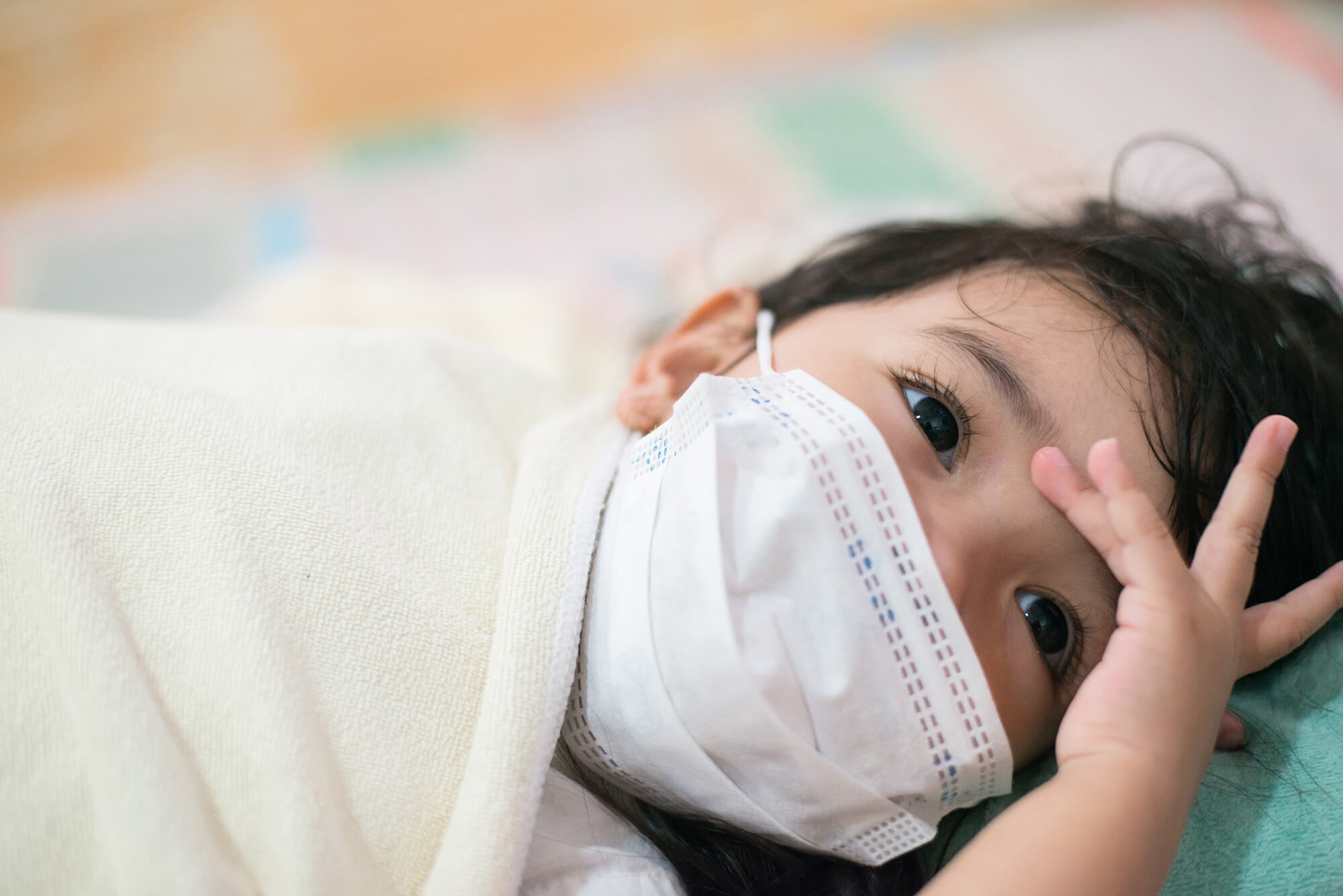Global registry data suggest that children with cancer have a higher risk of severe illness and death from COVID-19 when compared with the general pediatric population.1
Prior data from small cohorts indicated that pediatric cancer patients fared reasonably well after developing COVID-19, with few experiencing severe disease.2,3
However, results from the Global Registry of COVID-19 in Childhood Cancer4 tell a different story. The registry is designed to collect data from children and adolescents who have cancer or have received a hematopoietic stem cell transplant and test positive for SARS-CoV-2. The registry includes information on patient demographics, cancer diagnosis, clinical course, and treatment regimen.
Continue Reading
Severe Disease and Death
Researchers recently published data from the registry in The Lancet Oncology.1 The data, collected between April 2020 and February 2021, include 1,500 patients from 131 institutions in 45 countries. There were 1319 patients who were followed for at least 30 days and 1092 patients who were receiving active cancer treatment at the time of SARS-CoV-2 infection.
The main findings of this research were that 19.9% of patients (n=259) had severe or critical COVID-19, and 50 patients (3.8%) died from COVID-19. Severe COVID-19 was defined as having a need for a higher level of care for any reason or the need for any oxygen support greater than a regular nasal cannula or face mask but less than intubation. Patients were classified as having critical disease if they had evidence of organ dysfunction, required intubation, or died from COVID-19.
“The rates of severe disease and death in children with cancer are higher than those reported in the literature for children in general,” said the study’s first author Sheena Mukkada, MD, an assistant member of the faculty at St. Jude Children’s Research Hospital in Memphis, Tennessee.
“The studies that were reported [all prior to the emergence of the delta variant] were showing that somewhere between 1%-6% of all kids with COVID-19 have severe disease, with some studies only looking at hospitalized patient cohorts and therefore likely to select for severe disease. So, with 1 in 5 pediatric cancer patients having severe disease, something is definitely different with these patients,” Dr Mukkada added.
Treatment Considerations
Another finding of this study was that more than half of patients on active anticancer treatment (55.8%) had their regimens altered due to COVID-19. A multivariable analysis suggested that patients were more likely to have their regimen altered if they:
- Lived in an upper-middle-income country (odds ratio [OR], 0.5; P =.0004)
- Had a primary diagnosis of a hematologic malignancy other than acute lymphoblastic leukemia (ALL)/acute lymphoblastic lymphoma (OR, 0.5; P =.0088)
- Had COVID-19 symptoms at the time of presentation (OR, 1.8; P =.0002)
- Had 1 or more comorbidities (OR, 1.6; P =.020).
The researchers warn that there may be consequences to such treatment interruptions, although there is no evidence of that yet, and the registry is not designed to collect long-term follow-up data.
“What we fear is that their cancer-directed therapy being interrupted will result in suboptimal cancer treatment responses,” Dr Mukkada said. “There is no way to actually conclude that based on the data, but that would be our fear.”
Dr Mukkada therefore said that physicians should “think very carefully and thoughtfully” about interrupting cancer therapy when patients get COVID-19.
The researchers also found that, although patients with hematologic malignancies tended to be more at risk of severe COVID-19, treatment intensity was a more significant factor than underlying diagnosis.
“Broadly speaking, patients with hematologic malignancies were contributing more severe outcomes, and we were also able to relate that independently to their therapies,” Dr Mukkada said. “For example, patients receiving induction treatment for leukemia or any therapy for acute myeloid leukemia had more severe outcomes than the rest of the population.”
Impact of Location
Another major finding of the study was that children in low- and middle-income countries and upper-middle-income countries had a significantly higher chance of experiencing severe or critical illness than did children from high-income countries. The reasons for this disparity are currently unclear, however.
“Our registry was not designed to look at this, so we can only speculate, but reasons could be later diagnosis of the actual infection, delays coming to hospital, disruptions to supplies, blood products, drugs, antibiotics, fluids. There are many, many possibilities,” Dr Mukkada said.
This article originally appeared on Cancer Therapy Advisor
this content first appear on medical bag

